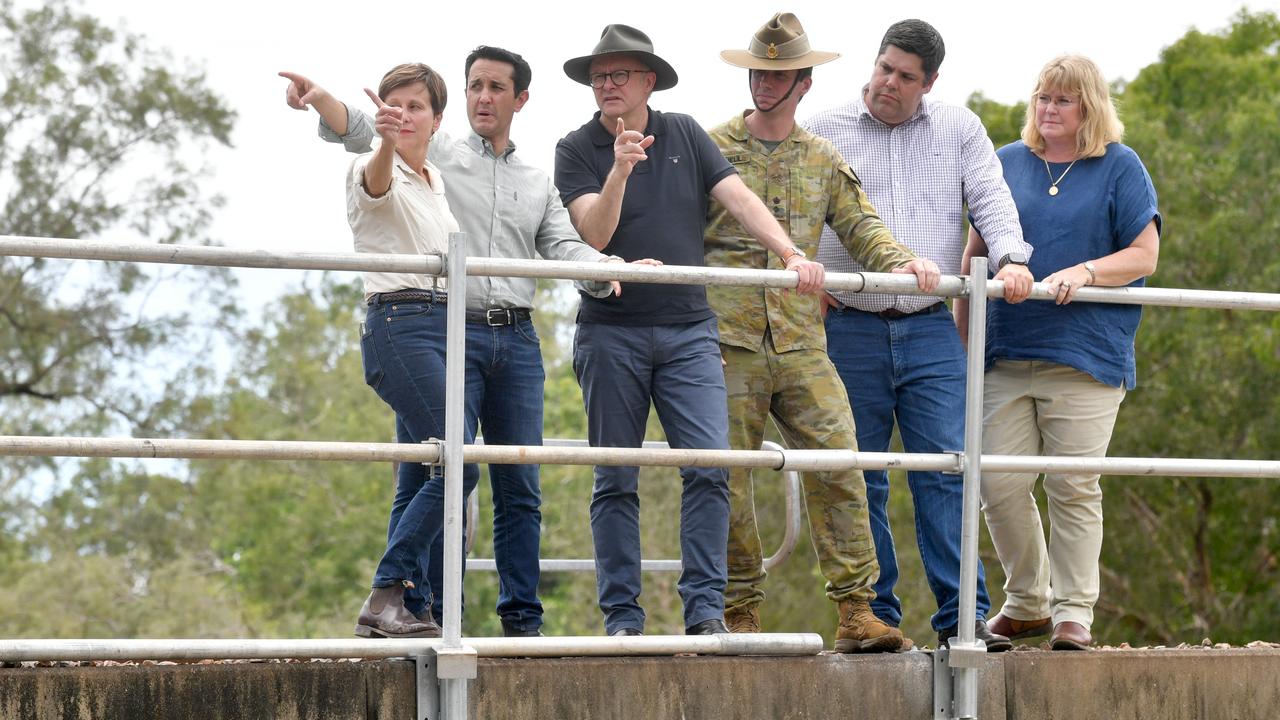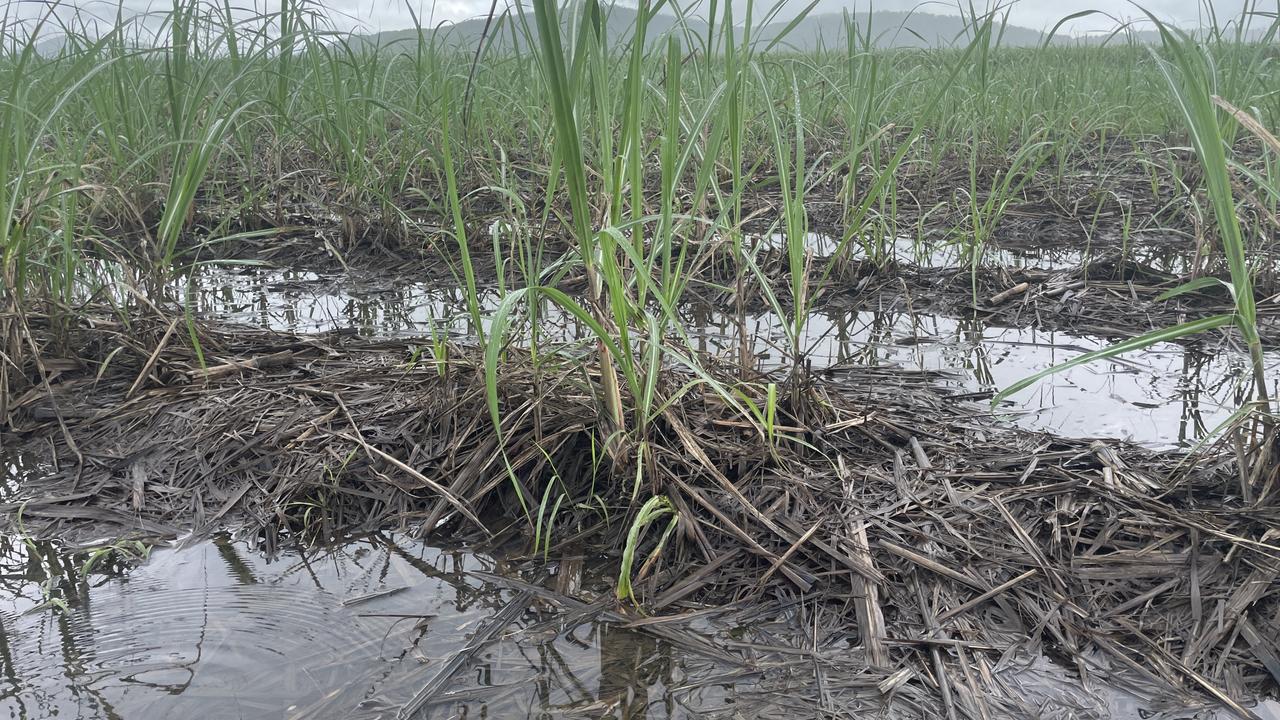‘From alerts to evacuations’: How Townsville successfully coordinates a disaster with the TLDMG
As the cyclone season rumbles closer, we take a look at the two ex-military men who help lead Townsville during a disaster, and how you can get emergency news straight from them.
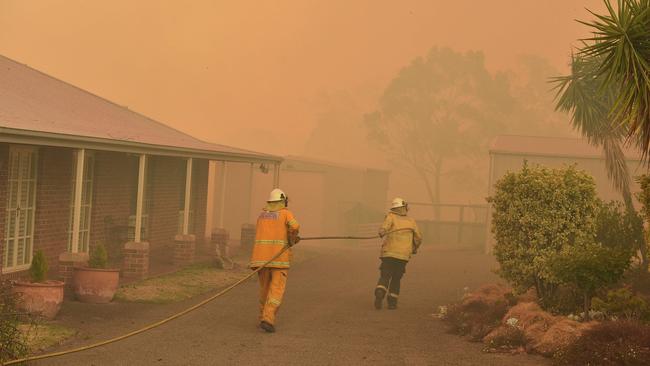
Townsville
Don't miss out on the headlines from Townsville. Followed categories will be added to My News.
There are over 200,000 people living in the Townsville region, and helping every single person stay safe during an unfolding disaster is not an easy job.
Zac Dawes spent twelve and a half years in the infantry before he joined Townsville City Council’s emergency management team in 2021, starting as an officer before becoming team leader.
On a normal day he and three other full-time staff are in charge of training emergency workers, maintaining equipment, and looking after council’s “vast network” of rain and river level gauges, among other things.
But during a disaster event, his small team can rapidly climb to 120.
“During the 2019 floods we had up to 120 people on any one shift, and during Cyclone Kirrily we had 90 to 70 people working,” Mr Dawes said.
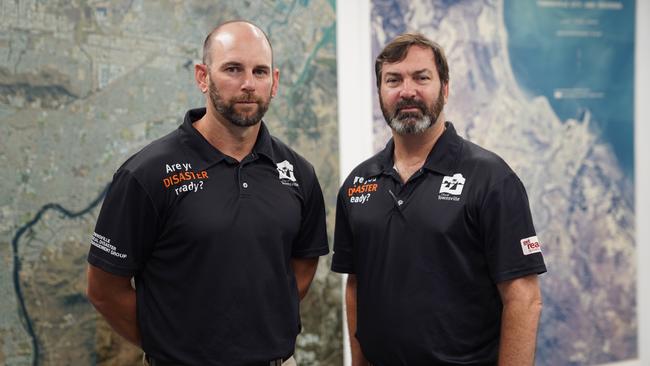
This huge explosion in manpower is because when a disaster is declared, Mr Dawes’ team splits away from Townsville City Council and becomes the TLDMG (Townsville Local Disaster Management Group).
The TLDMG has the power to control all other emergency services, able to close schools, declare evacuations, mobilise police officers, and more.
But really, the vast bulk of the TLDMG’s work is keeping the community in-the-loop with local flood forecasts and road closures.
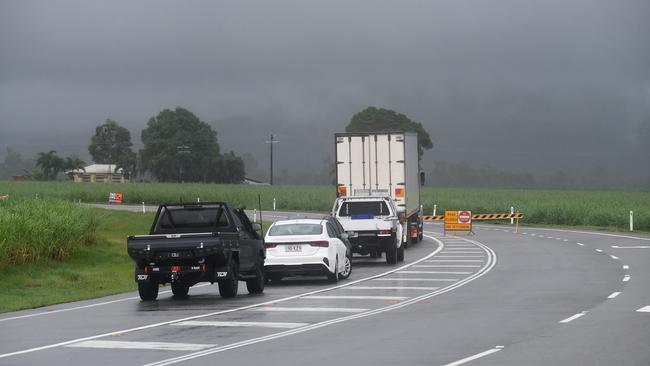
“The Queensland Fire Department and SES have their core businesses of fighting fires and saving people and we don’t ever tell them how to do that,” Mr Dawes said.
“But once we activate the TLDMG, we are the ones responsible for co-ordinating everything from alerts, to evacuations, to the opening and closing of shelters.”
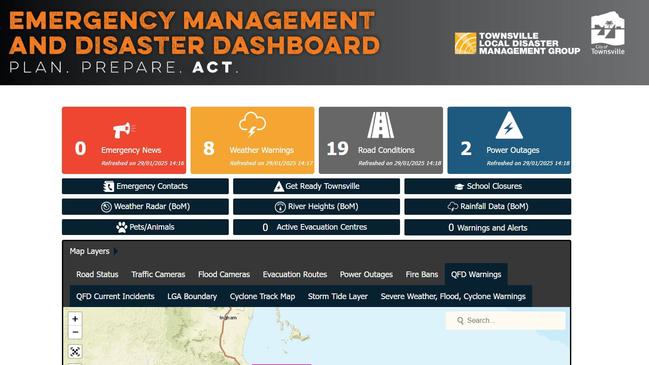
This power to control the movement of the public is ruled by a democratic voting process.
Voting members include the SES, police, ambulance service, fire department, Ergon Energy, the Townsville Airport, Department of Housing, the Townsville Hospital and Health Service, Main Roads, and more.
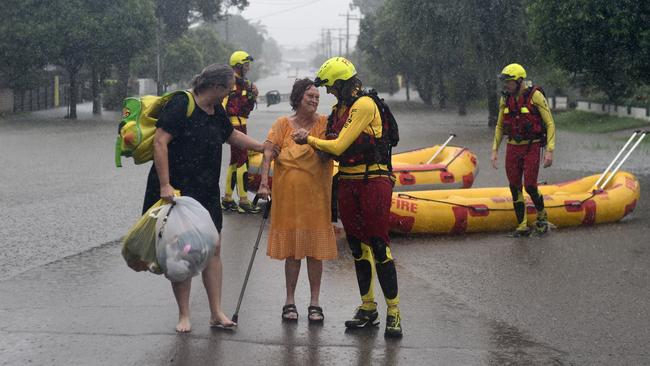
All of these agencies have liaison officers who join the TLDMG when a disaster is unfolding – hence why the staff numbers balloon out.
“The TLDMG has a core membership, and they are our voting members,” Mr Dawes said.
“There are also 40 other (non-voting) agencies who are part of the TLDMG and they all send someone to be in the room with us too.”
Meetings are held in a facility on Dalrymple Rd near the council yards.
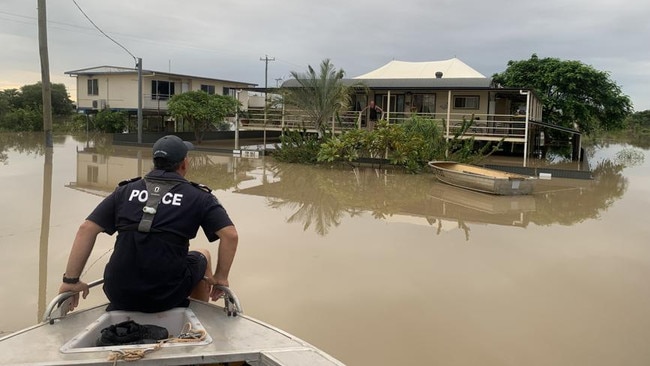
An example of how the voting works can be seen during the 2024 Cyclone Kirrily preparations.
“Someone proposed the schools should be shut, we voted on it, and it was unanimous,” Mr Dawes said.
“So we recommended to the Department of Education to close the schools.”
Mr Dawes said the most valuable part of the TLDMG was how it creates an instant intelligence network full of experts in different fields, and gives residents free access to accurate news through the disaster dashboard (disaster.townsville.qld.gov.au).
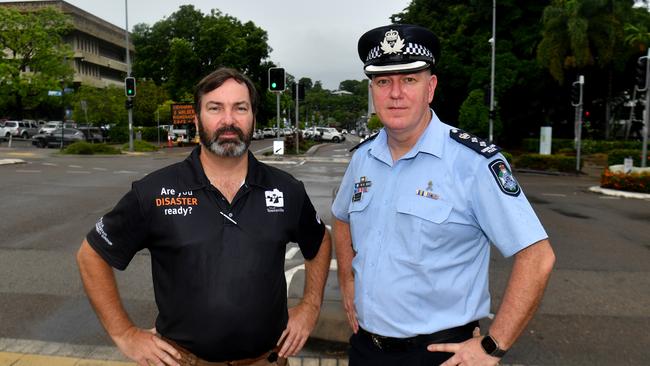
Another person whose job switches during a disaster is councillor Andrew Robinson, who acts as the TLDMG chair, overseeing all meetings and voting alongside deputy chair councillor Paul Jacob.
“I started as the deputy chair, but I stepped up when councillor Troy Thompson was removed from that position,” Cr Robinson said.
“My background is in the medical corps where I worked as a logistician and administrator. One of my roles was as the quarter master for 4th Regiment, looking after their supply of ammunition, clothing, and so on.”
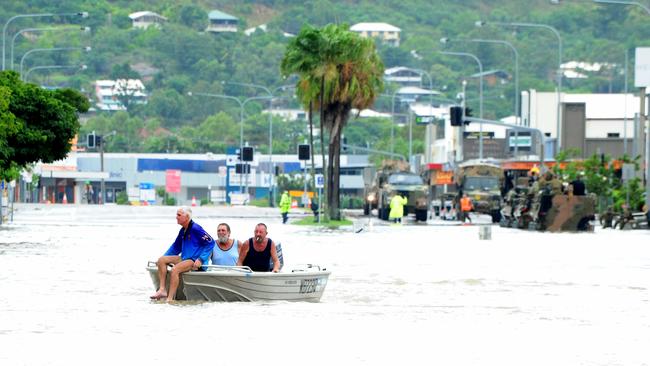
Cr Robinson also worked with the field ambulance, helping evacuate the wounded from the battlefield.
“I wasn’t driving the ambulance or anything. My job involved making sure the vehicles were maintained and our medical personnel were trained to a sufficient level,” he said.
“I’ve found my military training is extremely useful stepping into this role… some people assume the chair is in charge of the TLDMG, but that’s not the case. There is no one person in charge of the TLDMG.”
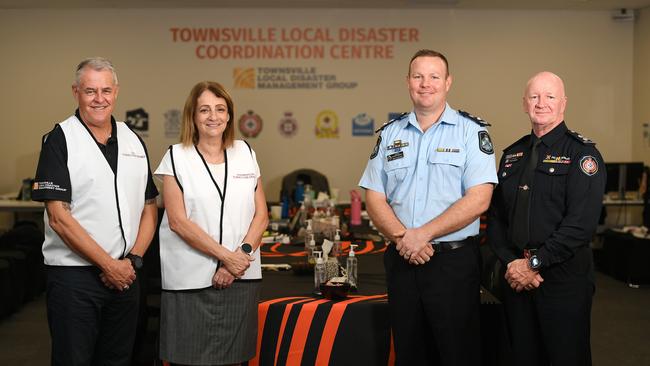
When a disaster is anticipated – such as the Bureau of Meteorology putting in a “short-notice call” to expect a cyclone – the TLDMG will move to an ‘alert’ status.
Mr Dawes said when the TLDMG is activated, residents will see a banner come across the disaster dashboard website.
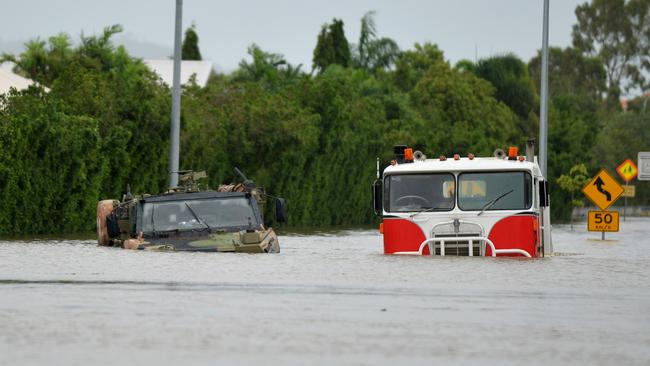
“That’s when we will start publishing emergency news on the website,” he said.
“The disaster dashboard is really an excellent resource.”
After ‘alert’ comes ‘lean forward’ and staff numbers start to grow, then ‘stand up’ while the disaster is unfolding, and finally ‘stand down’ as the clean-up begins.
After that, the TLDMG is stood down. Until the next disaster.
More Coverage
Originally published as ‘From alerts to evacuations’: How Townsville successfully coordinates a disaster with the TLDMG




